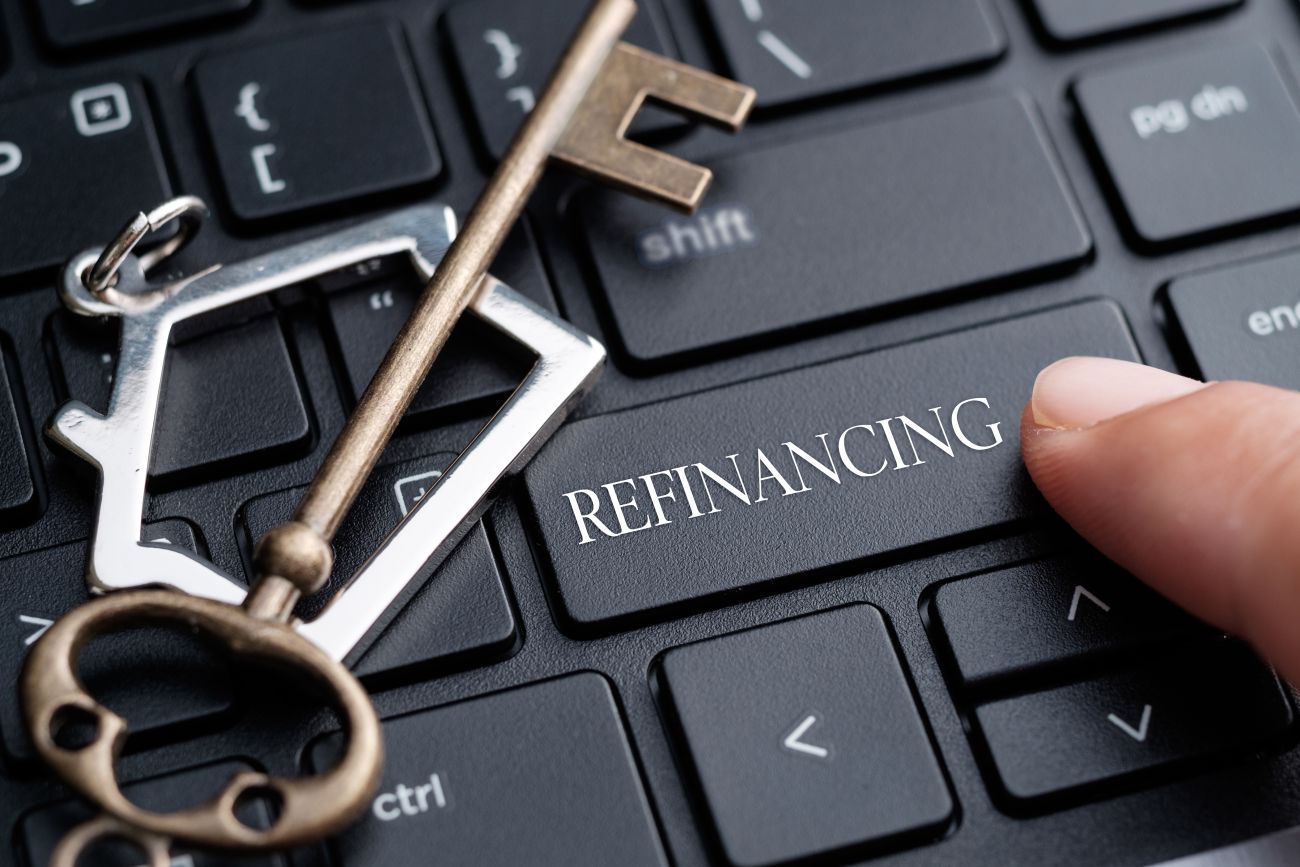When interest rates start to fall, the number of Americans who decide to refinance their home mortgages tends to go up. Houses are generally the most expensive purchase a family will make. As such, they are frequently the biggest monthly bill people will have to pay.
Refinancing can sometimes alleviate the financial stress experienced by families who have a large mortgage payment.
What Is Mortgage Refinancing?
Effectively, refinancing a mortgage involves getting a new loan. The application requirements are very similar to those that are required for getting an initial mortgage. Also, a refinance home loan can come with closing costs.
When borrowers refinance, the bank will pay off the older loan and then issue a new loan with a new payment schedule.
Is It a Good Idea to Refinance?
The simple answer to the question of whether it’s a good idea for someone to refinance their home mortgage is tied to their ability to save money. Those who can save money could benefit from refinancing. As mortgage interest rates decline, those who took out a home loan while rates were higher can stand to cut their monthly mortgage payments by a substantial sum. At times, the savings could equal hundreds of dollars a month.
Substantial levels of savings are sometimes available to those who are able to improve their credit scores. For example, a person with a credit score between 680 and 699 could wind up with an interest rate that’s nearly 0.4 percent higher than a person with a credit score in excess of 760. While it might seem that a 0.4 percent difference would make little difference to the amount a person will pay for a mortgage, the borrower with the lower rate would save around $20,000 in interest costs on a $250,000 loan. Those who have improved their credit scores over a few months or years could stand to save hundreds per month depending upon the size of their loans.
When a better credit score is combined with lower market rates, the savings can add up to even more. Many lenders argue that it’s a good idea to refinance when mortgage rates drop by as little as one percent. A drop of two percent would almost definitely make refinancing a good idea.
Is Refinancing a Mortgage Worth It?
As noted above, refinancing a mortgage can make sense in some circumstances. When mortgage rates drop, it can be possible to save money.
However, it’s important to remember that refinancing a home loan will also come with closing costs, which can wind up leading to a hefty expense for borrowers. The savings that come with a lower rate — whether it comes from lower market rates or from a higher credit score — can be offset by closing costs.
If there are no substantial savings, it could take years to recoup the expense incurred by paying the closing costs.
Refinancing Can Help Cash Flow
An additional benefit that can come into play when it comes to refinancing a mortgage is the ability to adjust the length of the loan. Those who can afford to pay a little bit more each month might be able to cut the length of a home loan from 30 years to 10 or 15 years. Making this move could allow a borrower to save many thousands in interest costs over the life of a loan.
Those who have trouble making their monthly mortgage payments might want to take the opposite approach. For example, a borrower might have paid on a mortgage for five or 10 years. By taking on a new 30-year mortgage, it’s likely that his or her payment will go down. This lower mortgage payment will not help with building wealth over the long term, but it could help with cash flow in the short term. If the borrower’s financial situation improves, they could pay more to cut down on the term of the loan.
Refinancing to Lock in a Rate
Changing from an adjustable-rate mortgage to a fixed-rate mortgage can provide another situation in which it makes financial sense to refinance a home loan. Many people take out home loans with an adjustable-rate to secure a lower monthly payment.
Adjustable-rate mortgages tend to start out with rates that are lower than fixed-rate mortgages. However, there’s a catch. The interest rate will adjust after an introductory period.
Adjustable-rate loans will reset after a period that’s usually between one and 10 years. Also, these loans will reset periodically after the initial adjustment. Usually, the rates will reset every year. If the market rates for mortgages are higher, borrowers can expect to see their monthly payments go up with higher interest rates. In periods with increasing interest rates, it can be a good idea to refinance a home mortgage to lock in a rate that’s relatively low.
What Lender Should You Choose?
When choosing a lender, it’s a good idea to shop around. Banks are not created equal, so their mortgage offerings can vary quite a bit.
You might want to check with any friends or family members who recently took out a mortgage. See what their recommendations are. They may have had a good experience, or their experience might have been horrible.
You’ll also want to check the mortgage rates that banks are currently offering. Sometimes, the lowest advertised rate might not be the best value. Banks can sneak in fees and expenses that can add to the amount you’ll have to pay. Points, or prepaid interest, can greatly impact the overall rate that you can expect to pay.
Finding the best overall value might involve an Internet search, making a few calls, or visiting a bank’s local branch. When rates are low, you’ll want to jump if you think you can qualify to save money through refinancing your mortgage.
